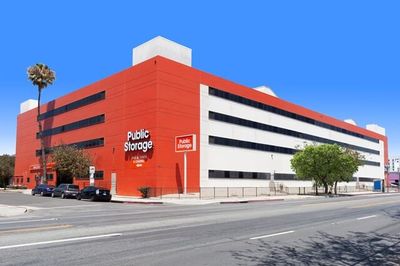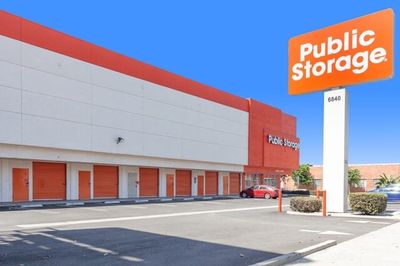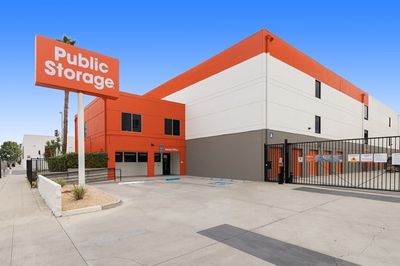About West Hollywood
Although the city of West Hollywood covers less than 2 square miles, it's a very well-known part of Los Angeles, California. Commonly referred to as "WeHo," the community is home to the famous Sunset Strip. This mile-and-a-half portion of Sunset Boulevard has appeared in countless films and television shows, and its countless colorful billboards are a familiar sight to many.
The History of West Hollywood
Long before West Hollywood existed, the land where it now sits was populated by the Tongva Native American tribe. Like much of Southern California, the area was explored and claimed by the Spanish in the 18th century. The land changed hands a few times, eventually ending up in the possession of Moses Hazeltine Sherman, who constructed the town of Sherman.
Sherman became a popular area for film stars to live, since it was conveniently close to the motion picture studios. The name was changed to West Hollywood in 1925, and the city was home to a number of casinos and extravagant nightclubs for many years. When the city of Los Angeles was planning to increase rents citywide in the 1980s by dissolving rent control, residents of the West Hollywood community were determined to prevent the change. They worked to have West Hollywood incorporated as an independent city in 1984, and then enacted what is now one of the nation's strictest rent control ordinances.
Living in West Hollywood
West Hollywood offers many different dining, entertainment and recreational options. It's also close to other large cities such as Los Angeles, allowing easy access to many big-city attractions.
There are a number of local landmarks to explore in West Hollywood in addition to the famous Sunset Strip. Countless music venues like the well-known House of Blues, Whisky a Go Go, the Roxy Theater and the Troubadour are all found within West Hollywood's borders, as are several iconic recording and production studios.
West Hollywood hosts a number of large events, including The Oscars and One City One Pride. It's also home to the largest Halloween street party in the country, stretching over a full mile on Santa Monica Boulevard. The Russian Cultural Festival and the CSW Pride Festival are two other large events that draw visitors from around the Los Angeles area.
West Hollywood Schools
Schools in West Hollywood are part of the Los Angeles Unified School District. There are a few private schools in the city as well, and plenty more to choose from just beyond its borders.
Resources for Moving to West Hollywood
Here are a few helpful resources for planning your move to West Hollywood:
- Utilities: Southern California Edison and Southern California Gas are the two main energy providers in West Hollywood. Beverly Hills Water manages water services on the west side of the city, while the Los Angeles Department of Water and Power deals with the east side.
-
Garbage and Recycling: You can expect regular collection of your trash and recyclables, as well as the option of additional disposal resources like bulk-item pick-up and document shredding.
- Transportation: The CityLine and CityLineX are free shuttles providing convenient transportation around West Hollywood. On the weekend, you can take advantage of WeHo PickUp, a free shuttle that runs along Santa Monica Boulevard. To access the greater Los Angeles area, you can utilize the Metro bus and rail lines.
West Hollywood Housing
West Hollywood is one of the more expensive areas in Los Angeles, due in part to high demand and a small housing market. Because the city covers less than 2 square miles, housing options in West Hollywood are somewhat limited, driving up prices.





